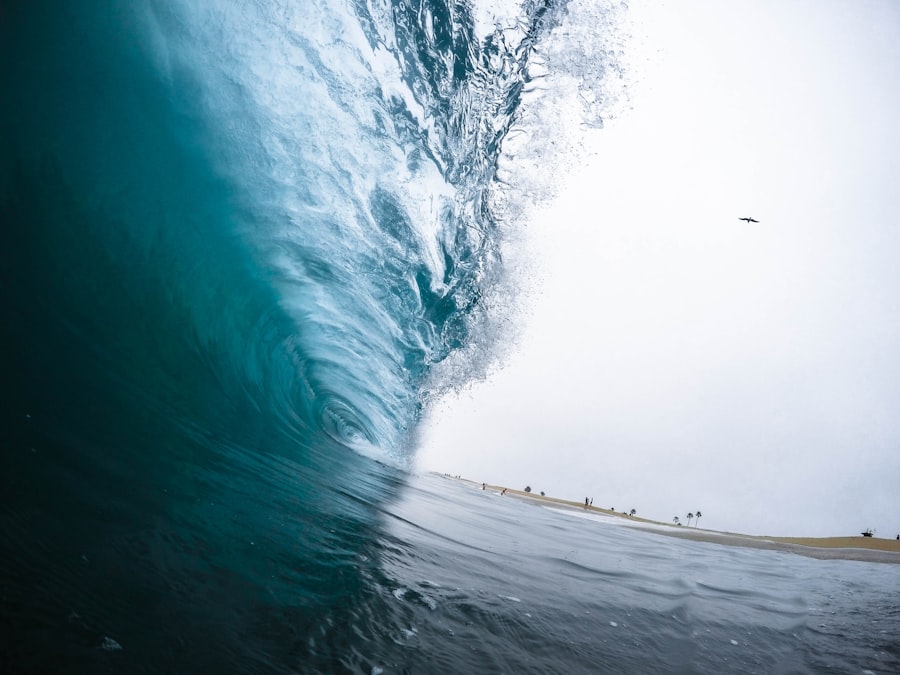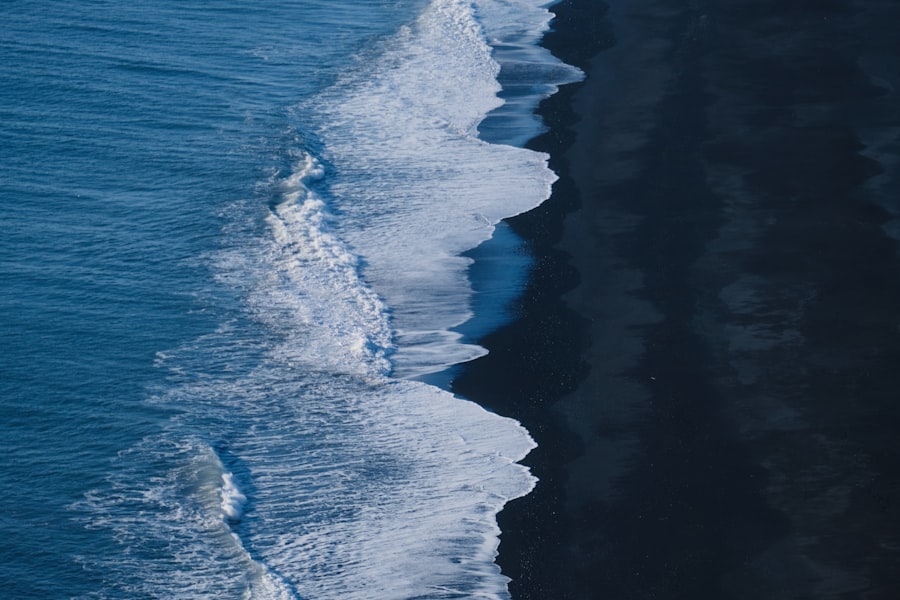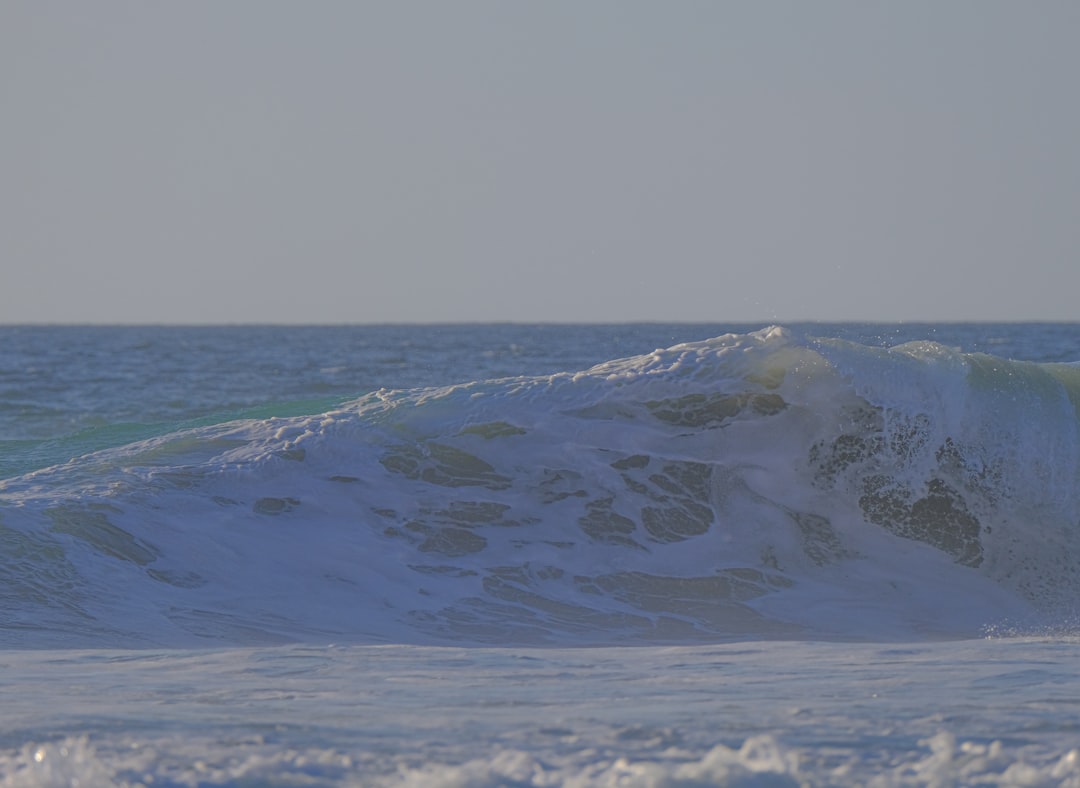The Drake Passage, a body of water located between the southern tip of South America and Antarctica, is renowned for its tumultuous seas and unpredictable weather patterns. This narrow stretch of ocean, measuring approximately 800 kilometers (500 miles) wide, serves as a critical conduit for maritime traffic between the Atlantic and Pacific Oceans. Named after the English explorer Sir Francis Drake, who navigated these waters in the late 16th century, the passage has become a focal point for researchers, sailors, and adventurers alike.
Its unique geographical position not only influences global ocean currents but also plays a significant role in the climate dynamics of the Southern Hemisphere. Navigating the Drake Passage is often considered a rite of passage for those venturing to Antarctica. The waters are notorious for their high wave heights and fierce storms, which can arise with little warning.
This unpredictability has earned the passage a reputation as one of the most challenging maritime routes in the world. As such, understanding the conditions within the Drake Passage is essential for ensuring safe passage for vessels traversing this formidable stretch of ocean.
Key Takeaways
- Drake Passage is a treacherous body of water located between South America’s Cape Horn and the South Shetland Islands of Antarctica.
- Monitoring wave height in Drake Passage is crucial for understanding the impact of climate change and for ensuring the safety of ships and boats navigating through the area.
- Live cams provide real-time updates on wave height in Drake Passage, allowing researchers and navigators to make informed decisions.
- The current wave height in Drake Passage is being closely monitored and is influenced by various factors such as wind speed, ocean currents, and the shape of the seafloor.
- High wave height in Drake Passage can have severe impacts on marine life, coastal communities, and shipping routes, making it important to take safety measures and prepare for potential risks.
Importance of Monitoring Wave Height
Monitoring wave height in the Drake Passage is crucial for several reasons, primarily concerning maritime safety and environmental research. The passage’s notorious waves can reach heights of over 30 feet during storms, posing significant risks to ships and their crews. By keeping a close watch on wave conditions, mariners can make informed decisions about their routes and timing, potentially avoiding dangerous situations that could lead to capsizing or other maritime disasters.
In addition to safety concerns, monitoring wave height is vital for scientific research. The Drake Passage is a key area for studying oceanographic phenomena, including currents, temperature variations, and marine ecosystems. Changes in wave height can indicate shifts in weather patterns and climate change, making it an important area for environmental monitoring.
By analyzing wave data over time, researchers can gain insights into broader climatic trends and their potential impacts on global weather systems.
Live Cam Update: How it Works

The advent of technology has made it possible to monitor conditions in the Drake Passage in real-time through live camera feeds. These cameras are strategically placed on ships and coastal stations to provide continuous updates on wave height and weather conditions. The data collected from these cameras is transmitted to meteorological agencies and research institutions, allowing for immediate analysis and dissemination of information.
The operation of these live cams involves sophisticated technology that captures high-resolution images and video footage of the ocean’s surface. This visual data is complemented by sensors that measure wave height, wind speed, and other relevant meteorological parameters. By integrating this information, researchers can create accurate models of current conditions in the Drake Passage, which are invaluable for both navigation and scientific study.
Current Wave Height in Drake Passage
| Date | Time | Wave Height (meters) |
|---|---|---|
| 2022-10-01 | 08:00 | 3.5 |
| 2022-10-01 | 12:00 | 4.2 |
| 2022-10-01 | 16:00 | 3.8 |
As of the latest reports, the current wave height in the Drake Passage varies significantly depending on specific locations and prevailing weather conditions. On average, wave heights can fluctuate between 10 to 20 feet; however, during storm events, they can exceed this range dramatically. Mariners navigating these waters must remain vigilant and stay updated on real-time data to ensure their safety.
The variability in wave height is influenced by several factors, including wind speed and direction, ocean currents, and atmospheric pressure systems. For instance, when strong winds blow across the surface of the water, they generate larger waves that can pose serious challenges for vessels. Therefore, understanding the current wave height is essential for anyone planning to traverse this unpredictable maritime route.
Factors Affecting Wave Height
Several factors contribute to the wave height experienced in the Drake Passage.
Additionally, the duration of wind exposure plays a crucial role; sustained winds over a longer period can lead to more substantial wave formation.
Another critical factor is the fetch—the distance over which wind blows across open water.
This allows waves to build up significantly before reaching vessels navigating through the passage.
Furthermore, ocean currents can also affect wave height; when opposing currents meet strong winds, they can create particularly hazardous conditions that increase wave size and frequency.
Impacts of High Wave Height

High wave heights in the Drake Passage can have far-reaching impacts on both maritime operations and marine ecosystems. For ships navigating these waters, large waves can lead to dangerous conditions that may result in capsizing or structural damage. Crew safety becomes a paramount concern as vessels struggle against towering waves that can obscure visibility and disrupt navigation.
Beyond immediate safety concerns, high wave heights can also affect marine life in the region. The turbulent waters can disrupt feeding patterns for various species, including fish and seabirds that rely on stable conditions for hunting and breeding. Additionally, increased wave activity can lead to sediment displacement on the ocean floor, impacting habitats and ecosystems that depend on stable substrates for survival.
Safety Measures for Ships and Boats
Given the inherent dangers associated with navigating the Drake Passage, implementing robust safety measures is essential for all vessels operating in these waters. One primary strategy involves thorough pre-voyage planning that includes reviewing weather forecasts and wave height predictions. Mariners are encouraged to consult real-time data from live cams and meteorological services before setting sail.
In addition to planning, vessels should be equipped with advanced navigational tools that allow for real-time monitoring of sea conditions. This includes radar systems that can detect approaching storms and high waves, enabling crews to make timely decisions about altering course or seeking shelter. Furthermore, training crew members in emergency protocols ensures that they are prepared to respond effectively should they encounter hazardous conditions while at sea.
Historical Data on Wave Height in Drake Passage
Historical data on wave height in the Drake Passage reveals a pattern of variability influenced by seasonal changes and climatic events. Over the years, researchers have compiled extensive records detailing wave heights during different times of the year. Typically, winter months experience more severe weather patterns leading to higher average wave heights compared to summer months when conditions tend to be calmer.
This historical data serves as a valuable resource for understanding long-term trends in wave activity within the passage. By analyzing past events alongside current data, scientists can identify patterns that may indicate shifts in climate or oceanographic conditions over time. Such insights are crucial for predicting future changes that could impact both maritime operations and marine ecosystems.
Comparison with Previous Wave Height Records
When comparing current wave height measurements in the Drake Passage with historical records, researchers have noted fluctuations that reflect broader climatic trends. For instance, recent years have seen instances of exceptionally high waves attributed to increased storm frequency linked to climate change. These records highlight not only the variability inherent in this region but also underscore the importance of ongoing monitoring efforts.
By examining previous wave height records alongside current data, scientists can better understand how changing environmental conditions may influence future maritime safety and ecological health in the Drake Passage. This comparative analysis is essential for developing strategies aimed at mitigating risks associated with high wave events while also preserving marine biodiversity.
Future Forecast for Wave Height
Looking ahead, forecasts for wave height in the Drake Passage suggest continued variability influenced by seasonal patterns and climate change dynamics. Meteorologists utilize advanced modeling techniques to predict potential storm events and their associated impacts on wave activity. As climate change continues to alter weather patterns globally, it is likely that mariners will face increasingly unpredictable conditions in these waters.
Future forecasts will play a critical role in ensuring safe navigation through the Drake Passage. By providing timely updates on expected wave heights and storm activity, these predictions enable vessels to adjust their routes accordingly and avoid hazardous situations. Continuous advancements in technology will further enhance forecasting accuracy, allowing mariners to make informed decisions based on real-time data.
Conclusion and Takeaways
In conclusion, understanding the complexities of wave height in the Drake Passage is essential for ensuring maritime safety and advancing scientific research. The passage’s notorious conditions demand vigilant monitoring and preparedness from those who navigate its waters. By leveraging technology such as live cams and real-time data analysis, mariners can make informed decisions that enhance their safety while traversing this challenging maritime route.
Moreover, ongoing research into historical wave patterns provides valuable insights into how climate change may be influencing future conditions in the Drake Passage. As scientists continue to study these trends, it becomes increasingly clear that proactive measures are necessary to mitigate risks associated with high waves while preserving marine ecosystems. Ultimately, awareness of current conditions and future forecasts will empower sailors and researchers alike to navigate this formidable stretch of ocean with greater confidence and safety.
Today, the Drake Passage is experiencing significant wave activity, a phenomenon that can be observed through live cam feeds available online. For those interested in understanding more about the geographical and environmental factors contributing to such dynamic oceanic conditions, a related article on MyGeoQuest provides valuable insights. This article delves into the unique characteristics of the Drake Passage and its role in global ocean circulation. To explore this topic further, you can read the full article by visiting MyGeoQuest’s sample page.
WATCH NOW! Drake Passage: Earth’s Deadliest Waters Revealed
FAQs
What is the Drake Passage?
The Drake Passage is the body of water between the southern tip of South America and the northern tip of the Antarctic Peninsula. It is known for its rough seas and challenging sailing conditions.
What is wave height?
Wave height refers to the vertical distance between the crest and the trough of a wave. It is a measure of the size of the waves in a body of water.
How is wave height measured?
Wave height is typically measured by instruments such as wave buoys, wave riders, or by visual estimation from ships or platforms. These instruments use various methods to calculate the height of waves.
Is there a live cam showing wave height in the Drake Passage today?
As of now, there is no specific information about a live cam showing wave height in the Drake Passage today. It is recommended to check with relevant sources or websites for real-time updates.
